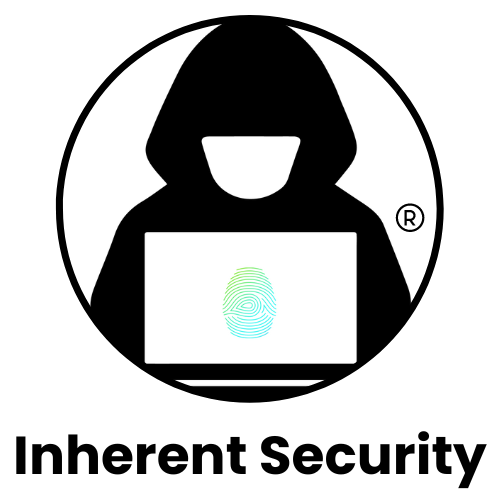Key Takeaways from CISA's HPH Sector Mitigation Guide: A Roadmap for Enhanced Cybersecurity
The healthcare industry stands at a critical juncture where cybersecurity is no longer a luxury but a necessity. CISA's recent "HPH Sector Mitigation Guide" is a call to action for heightened security measures in the Healthcare and Public Health (HPH) sector. This guide is a roadmap for defense mechanisms against evolving cyber threats. Here are the key takeaways from the guide with my opinions.
Asset management is underscored as a cornerstone of cybersecurity. Knowing what's on your network is the first step in protecting it. The guide recommends comprehensive strategies for asset inventory, procurement, and decommissioning.
The healthcare industry is inundated with devices. Shadow IT flourishes on servers, mobiles, IoT, and other devices. To protect the ecosystem, asset management is essential.
Network segmentation is not just a strategy; it's a necessity for isolating critical systems. By segmenting networks, healthcare entities can control which assets have internet access and how they communicate internally.
It is especially true due to the large number of IoT and operational (OT) devices that are not designed with security in mind. Moreover, most are not interoperable with other security tools such as asset or log management systems. As of now, putting these devices on their own networks and monitoring them is the best course of action.
The guide places significant emphasis on email security and anti-phishing strategies. With phishing attempts on the rise, securing email systems and educating staff are critical steps.
The development and enforcement of sanctions is also critical in reducing the number of phishing victims. Security training must be taken seriously by users. Human error is the primary cause of breaches. A user should be sanctioned if they intentionally fail training or are repeatedly victims of social engineering attacks. The training is useless if they are not sanctioned.
Access management, especially through phishing-resistant Multifactor Authentication (MFA), is highlighted as a key defensive strategy. Ensuring that only authorized individuals have access to sensitive data is crucial.
MFA is becoming more widely adopted which is a good stride for the industry.
Implementing Endpoint Detection and Response (EDR) solutions is recommended for continuous monitoring of devices. This proactive approach can help in detecting and responding to suspicious activities.
SIEMs and other monitoring tools will likely alarm healthcare organizations. It can take a lot of time and effort to clean up your network once you realize what is going on.
The guide advocates for a robust vulnerability and patch management process. Regularly updating systems and managing vulnerabilities is akin to reinforcing the walls against cyber onslaughts.
The lack of vulnerability scanning and patch management programs in healthcare has been alarming. As flaws and patches are released at a rapid rate, poor system hygiene increases the attack surface and complicates the situation.
Lastly, the guide encourages a shift towards 'Secure by Design' principles in manufacturing healthcare technology. This approach ensures that security is embedded from the inception of a product.
I agree with this 100% and feel this is where we need to see the shift in the sector go. I would take it as far as not acquiring IoT or OT devices unless they have security built into the design.
The CISA's HPH Sector Mitigation Guide is a testament to the urgency and importance of cybersecurity in healthcare. It's not just a set of recommendations but a good step forward for a secure and resilient healthcare infrastructure.
